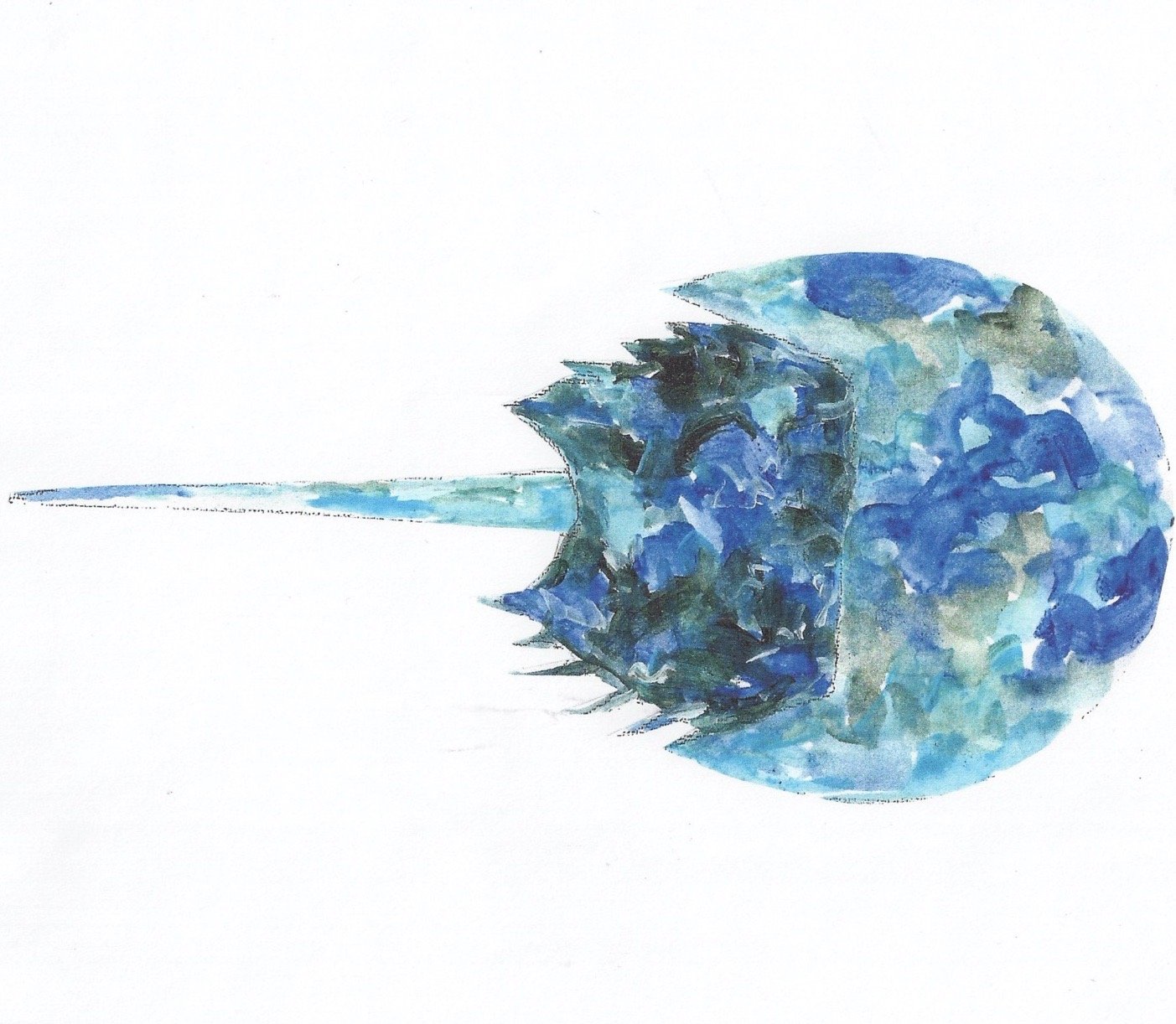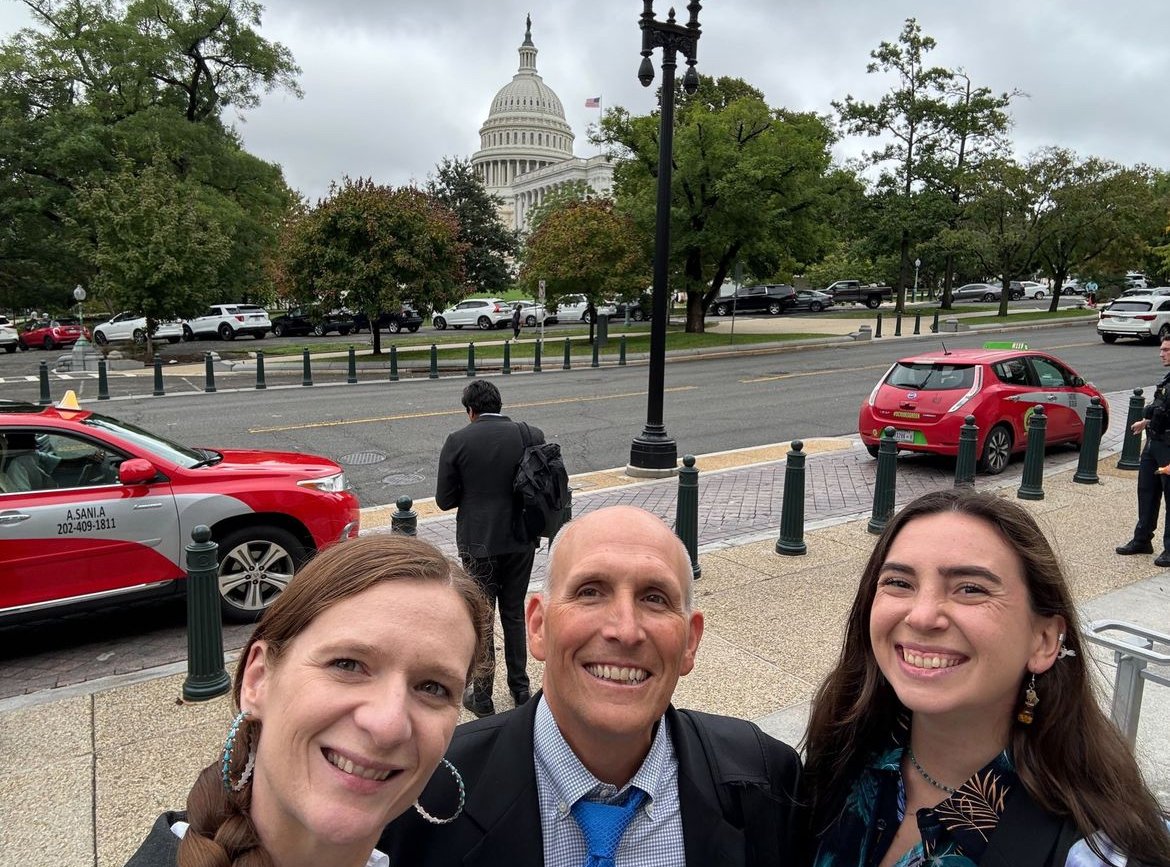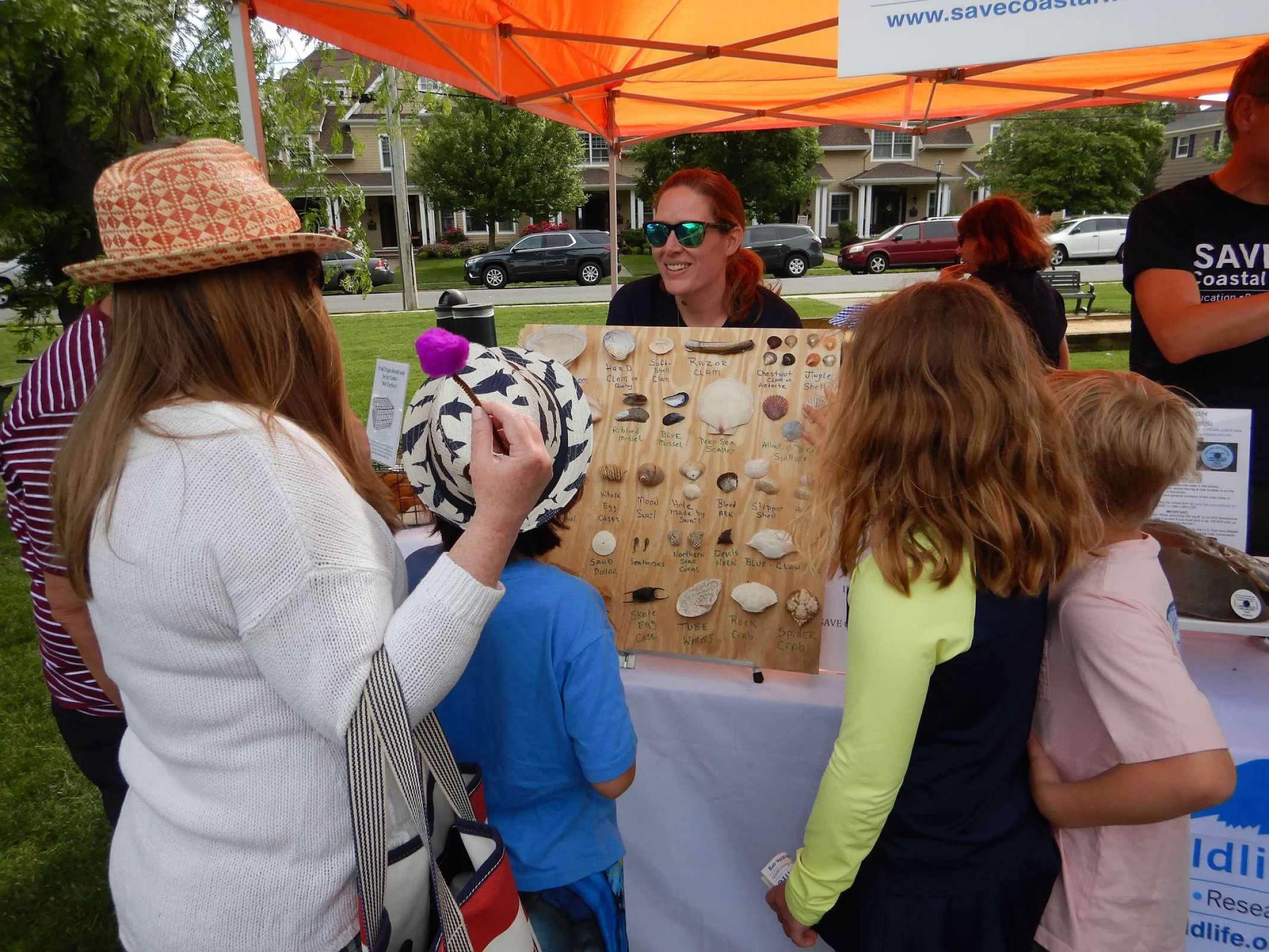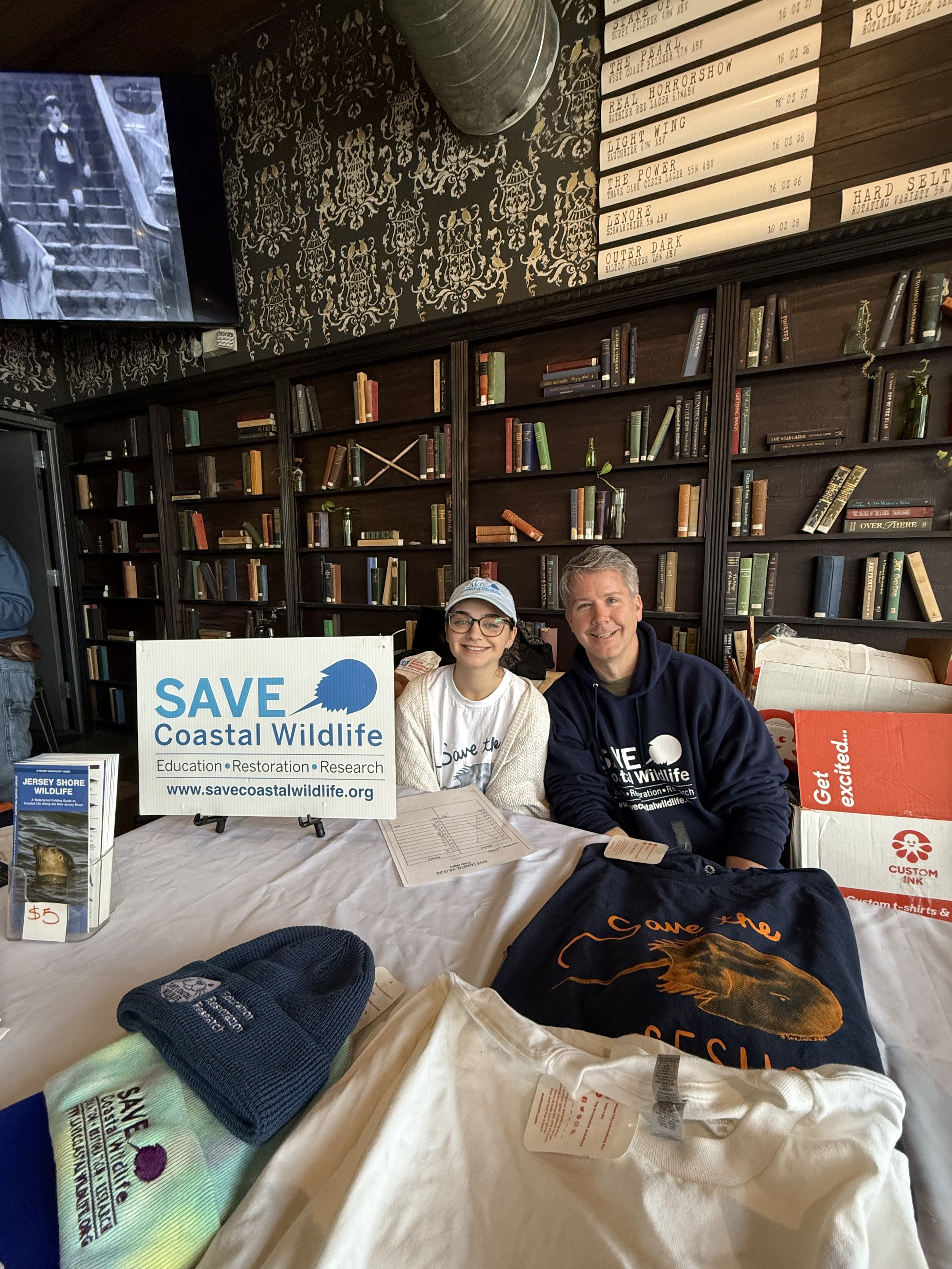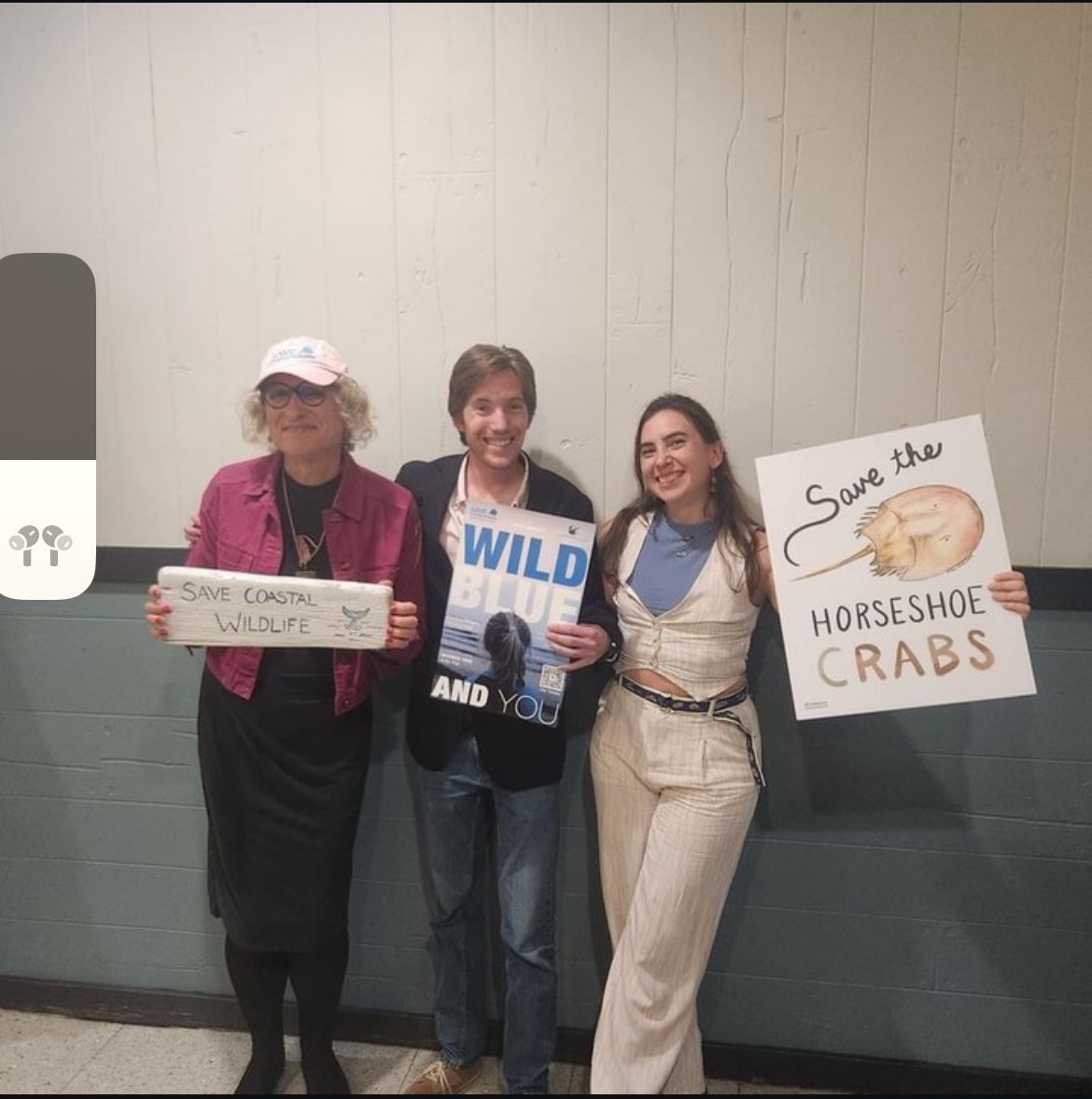Save Coastal Wildlife’s Mission
Save Coastal Wildlife is a nonprofit organization started in 2018 with the mission to:
1) educate the public about our biotic coastal environment along the Jersey Shore and to provide educational resources that promote and advance stewardship and encourage a better appreciation of marine-estuarine biodiversity and ecosystems;
2) to conduct community-science research that will improve our understanding of the science, systems, patterns and interactions between coastal habitats and imperiled, but important species that help define local coastal ecosystems, and to use this research to help threatened marine life recover and thrive in a vibrant marine system; and
3) to conduct community based habitat restoration projects with an aim to restore and improve particular coastal habitat and species that have been degraded over time from pollution, poor water quality, habitat fragmentation, habitat loss, or other human induced activities, which creates unproductive conditions for a variety of coastal plants and animals to thrive.
We will collaborate with other nonprofits, educational institutions, municipalities, government agencies, policy makers, scientists, local and small businesses, ethical companies and corporations, environmental and volunteer organizations, and the general public whenever possible to advance the mission of Save Coastal Wildlife Nonprofit.
Save Coastal Wildlife Mission Statement
*
Save Coastal Wildlife Mission Statement *
“You cannot get through a single day without having an impact on the world around you. What you do makes a difference, and you have to decide what kind of difference you want to make.”
“It’s surely our responsibility to do everything within our power to create a planet that provides a home not just for us, but for all life on Earth.”
The Beginning of Save Coastal Wildlife Nonprofit
We take action through Education, Restoration & Research!!
Save Coastal Wildlife is a 501(c)(3) non-profit wildlife preservation organization that began in 2018. We are dedicated to educating people about coastal wildlife and the importance of protecting the ocean and estuaries, and keeping our beaches clean on the Jersey Shore - from Raritan Bay down to Delaware Bay.
Save Coastal Wildlife Nonprofit was created by members of a local volunteer watershed group known as the Bayshore Regional Watershed Council. The watershed council began around 2000 as a project of the Monmouth County Planning Board. Over time, the Bayshore Watershed Council became an independent volunteer group of like-minded people who were dedicated to cleaning up the local environment along Raritan Bay & Sandy Hook Bay. Many successful projects conducted by the watershed council involved wildlife monitoring activities including horseshoe monitoring, seal surveys and fish surveys along Raritan Bay & Sandy Hook Bay. During 2017-2018, several members of the watershed council decided that more could be accomplished if a nonprofit was created to raise funds and create a base of citizen-science volunteers with the goal to protect coastal wildlife and educate people about local estuarine & marine wildlife throughout the State of New Jersey.
Increasing challenges to the health and sustainability of wildlife along coastal areas of the United States called for a a new nonprofit organization within the State of New Jersey that would increase environmental education and improve hands-on opportunities in citizen-science research/monitoring about the biodiversity found along the Jersey Shore.
Original board members of Save Coastal Wildlife generated the paperwork in summer 2017 to become a nonprofit. Save Coastal Wildlife was granted permission by the Internal Revenue Service to become a 501(c)(3) nonprofit in March 2018. Save Coastal Wildlife nonprofit is based along the Jersey Shore in Atlantic Highlands, Monmouth County, New Jersey.
Save Coastal Wildlife is made up of animal lovers, educators, conservationists, scientists, surfers, naturalists, community leaders, and many other people devoted to the protection of the Jersey Shore’s fragile coastal ecosystem and wildlife inhabitants. We bring a variety of experiences together to serve a common goal.
From our many volunteer citizen science research and restoration projects, and educational outreach activities, members of Save Coastal Wildlife work to educate people throughout the year towards the need to protect coastal wildlife and their habitat from climate change, plastic pollution, bycatch, and other threats.
Save Coastal Wildlife focuses on local issues in the New Jersey area. We collaborate with various individuals, businesses, and private, government and non-government organizations to achieve our goals. From our citizen science research and restoration projects, and educational outreach activities, we work to educate people for the need to protect the ospreys, horseshoe crabs, diamondback terrapin turtles, whales, dolphins, seals, seahorses, sea turtles, sea stars, seabirds, shorebirds, sharks, shellfish, menhaden, blue crabs, bluefish, blackfish, baitfish, weakfish, striped bass, winter flounder, and the other unique coastal marine wildlife.
All fundraising events help support SCW's many projects and activities related to educational outreach, research, and restoration. SCW is an all-volunteer nonprofit, so 100% of all donations goes back into the work we do on behalf of protecting coastal wildlife. Research collected from our many projects is used to enhance the public’s understanding of our unique estuarine-marine wildlife.
We hope by sharing information with the public, a greater amount of people will be inspired to learn and discover even more about the coastal environment and will try to help protect this vital system.

